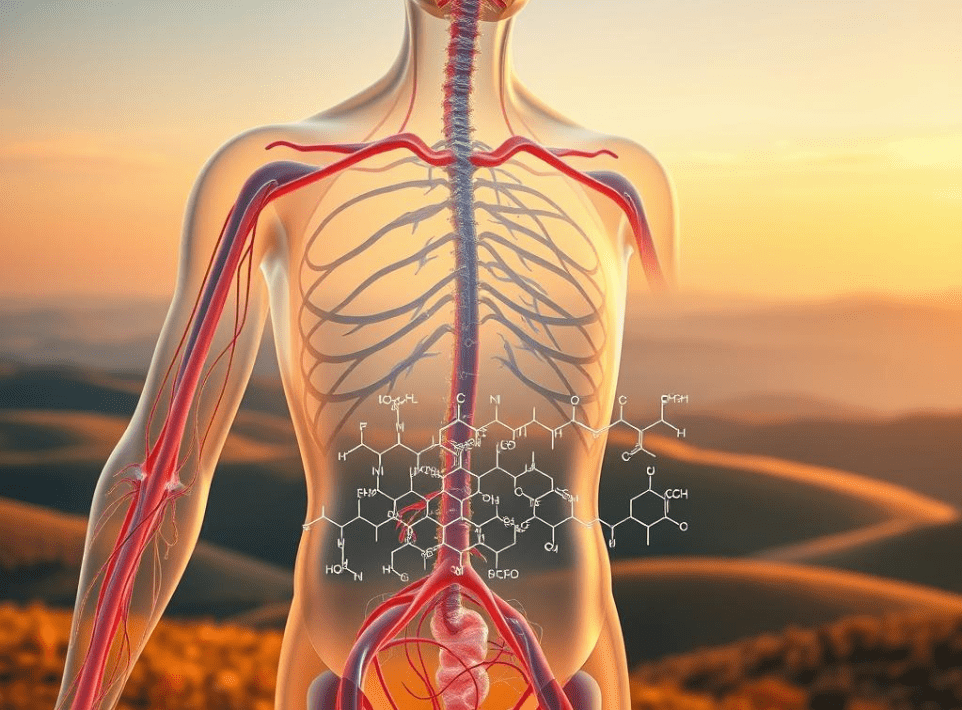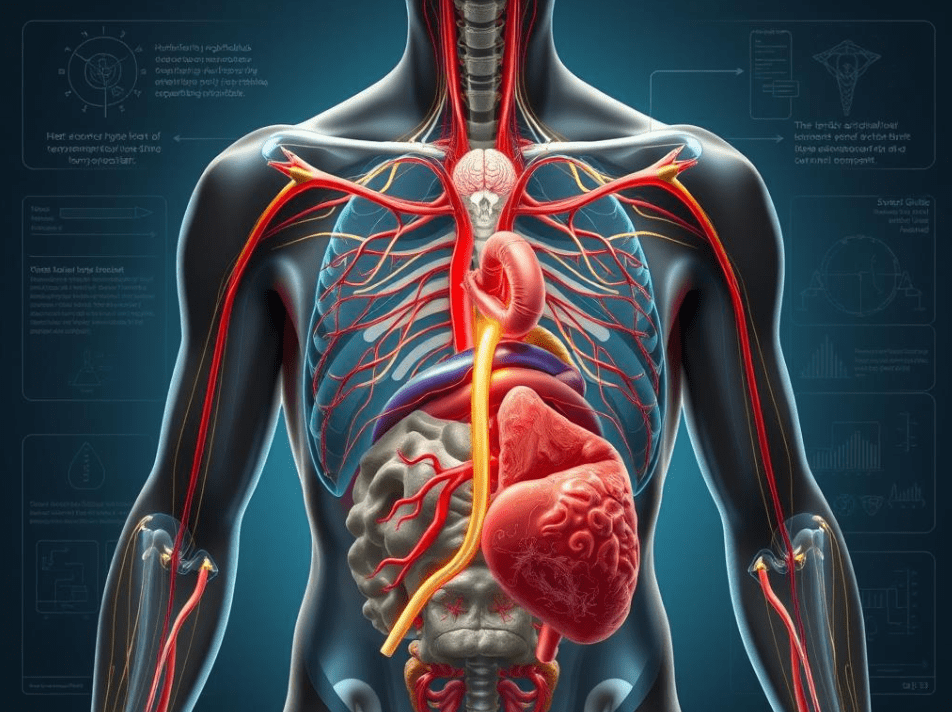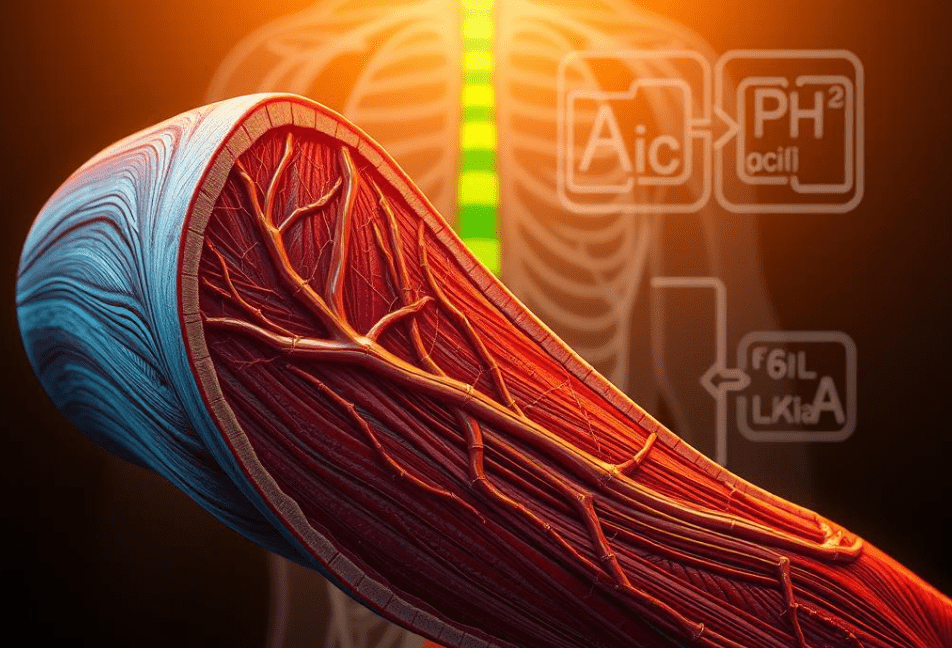Contents
- 1 Understanding Homeostasis Equilibrium: An Internal Balancing Act
Understanding Homeostasis Equilibrium: An Internal Balancing Act
The body maintains a stable internal homeostasis state. This crucial process ensures optimal function. Cycling presents physiological stresses. It affects internal equilibrium. Body temperature rises during exertion. Fluid loss increases through perspiration. Energy demands surge to power muscle contractions. These factors challenge the body’s ability to sustain internal balance.
Physiological Responses to Cycling: Homeostasis in Action
Cycling triggers several physiological responses. These responses are the body’s way of maintaining homeostasis. The body works to counteract the stresses of exercise.
homeostasis. The body works to counteract the stresses of exercise.
Temperature Regulation
Cycling elevates body temperature, especially during intense activity. To maintain thermal homeostasis, the body initiates cooling mechanisms. Sweating allows heat dissipation through evaporation. Vasodilation, the widening of skin blood vessels, also helps release heat. Effective temperature regulation is vital. It prevents conditions like heatstroke.
Fluid Balance
Prolonged cycling leads to fluid loss via sweat. This loss can cause dehydration and electrolyte imbalances. The body strives to maintain fluid homeostasis. Thirst signals the need for fluid intake. The kidneys increase urine concentration to conserve water. Maintaining proper hydration is essential for cyclists.
Energy Metabolism
Cycling demands significant energy. This energy comes from carbohydrates and fats. The metabolic rate adjusts to meet these demands. As exercise continues, glycogen stores may deplete. The body then relies more on fat for fuel. Efficient energy utilization supports sustained performance.
Cardiovascular Adjustments
Cycling increases heart rate. Blood flow to working muscles also increases. The body prioritizes oxygen delivery to the skeletal muscles and cardiovascular system. Blood flow is redirected away from less active organs like the gut. These cardiovascular adaptations ensure adequate oxygen supply.
Normatec Leg Massager- “Revitalize your ride: Normatec’s powerful compression unleashes faster recovery and pain relief for cyclists.” On sale now $349 with coupon! LEARN MORE ➡️
Bone Health Considerations
Intense cycling can affect bone health. It may lead to increased bone turnover. Maintaining bone density is important. A diet rich in calcium can help mitigate potential negative impacts.
The Crucial Role of the Body’s Equilibrium in Cycling Performance
Maintaining a stable internal environment is vital for optimal cycling. Homeostasis directly impacts how well a cyclist can perform. Disruptions to this balance can hinder athletic ability.
Effective temperature regulation, a key aspect of homeostasis, is crucial. If the body cannot dissipate heat effectively, overheating can occur. This leads to decreased performance and potential health risks like heatstroke. Maintaining a stable core temperature allows cyclists to sustain effort.
Proper fluid balance, another critical component of homeostasis, is essential for performance. Dehydration and electrolyte imbalances, resulting from excessive fluid loss, negatively affect power output and endurance. The body’s ability to regulate fluid levels ensures cyclists can maintain their physical capabilities.
Efficient energy metabolism, governed by homeostatic mechanisms, fuels cycling activity. The body’s ability to utilize carbohydrates and fats appropriately prevents premature fatigue. Sustaining energy levels is fundamental for completing long rides and maintaining pace.
Appropriate cardiovascular adjustments, contributing to overall homeostasis, ensure adequate oxygen delivery to working muscles. Increased heart rate and targeted blood flow support sustained exertion. Efficient oxygen supply is directly linked to endurance and power generation during cycling.
Maintaining the Body’s Equilibrium for Cyclists: Practical Implications
Cyclists must actively support their body’s ability to maintain homeostasis. Understanding the challenges cycling poses is key. Practical strategies can help the body regulate itself effectively.
Hydration Strategies
Maintaining adequate hydration is crucial for cyclists. Fluid loss through sweat during prolonged activity challenges homeostasis. Preventing dehydration and electrolyte imbalances is vital. Cyclists should consume fluids before, during, and after rides. This helps sustain proper physiological function.
Nutritional Considerations
Proper nutrition plays a significant role in supporting homeostasis for cyclists. Consuming enough carbohydrates provides necessary energy for rides. Replenishing electrolytes lost through sweat helps maintain fluid balance. A balanced diet supports overall physiological regulation.
Importance of Training Adaptation
Gradual increases in training intensity and duration allow the body to adapt. This adaptation improves the body’s ability to maintain homeostasis under stress. The body becomes more efficient at temperature regulation and energy utilization over time. Progressive overload is important for physiological adaptation.
Environmental Awareness
Cyclists should be mindful of temperature and humidity conditions. Adjusting training based on the environment is important for preventing heat-related illnesses. In hot weather, increased fluid intake and modified intensity may be necessary to support thermal homeostasis. Awareness of external factors aids in maintaining internal balance.
Optimizing Your Body’s Balance for Better Cycling
The body constantly strives for homeostasis. Cycling disrupts this balance through various physiological stresses. These include increased temperature and fluid loss. Efficient energy use is also critical.
Maintaining equilibrium across different systems is interconnected. Effective temperature regulation prevents overheating. Proper fluid balance avoids dehydration. Efficient energy metabolism sustains effort. Adequate cardiovascular function delivers necessary oxygen.
Cyclists can optimize their body’s homeostasis through practical strategies. Consistent hydration practices counteract fluid depletion. Strategic nutrition, including carbohydrates and electrolytes, fuels activity and aids recovery.
Gradual training adaptation allows the body to become more resilient to the stresses of cycling. Awareness of environmental factors, like heat, helps in adjusting efforts and preventing illness. By actively supporting these natural mechanisms, cyclists can enhance their performance and overall well-being.
 |
 |
 |
 |
**PRICES MAY VARY AT TIME OF PURCHASE**
We earn from qualified Amazon purchases with NO cost to you. ANY item that you need or were going to purchased anyway through any of our links, helps support this site. Thank you for your support!
If you enjoyed learning about this week’s featured bicycle, don’t miss out on more classic bike goodness! Visit our website at classicjapanesebicycles.com for an extensive collection of timeless Japanese bikes and their unique stories. Plus, check out our YouTube channel, Bicycle Restoration Man, for detailed restoration videos and showcases of our finished projects. Subscribe and join our community of bike enthusiasts!








